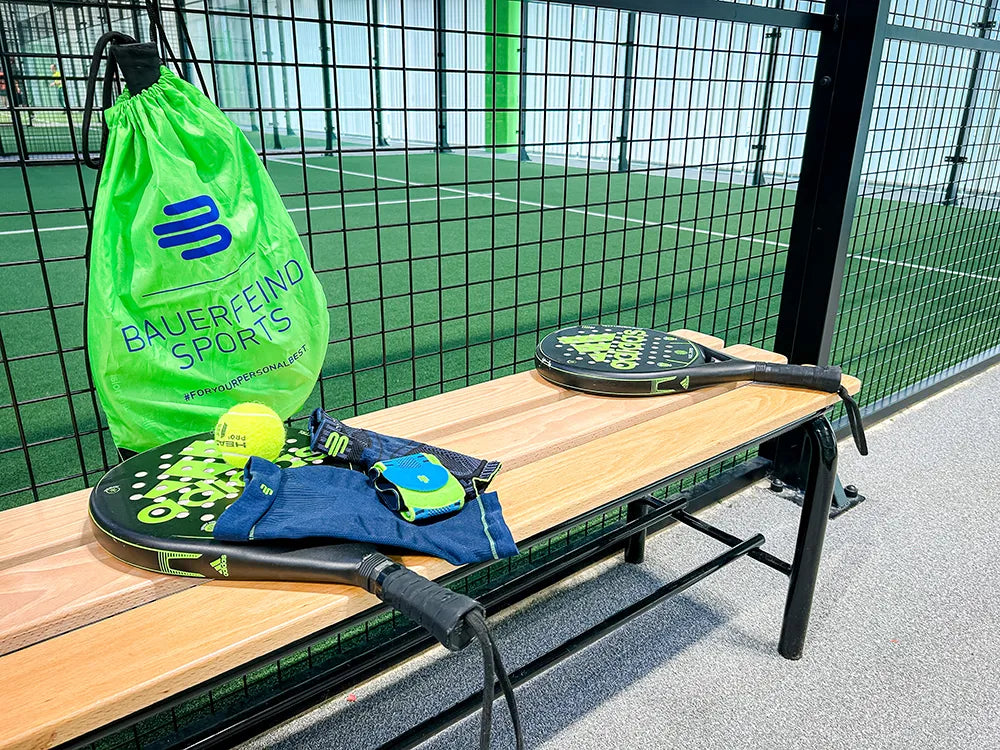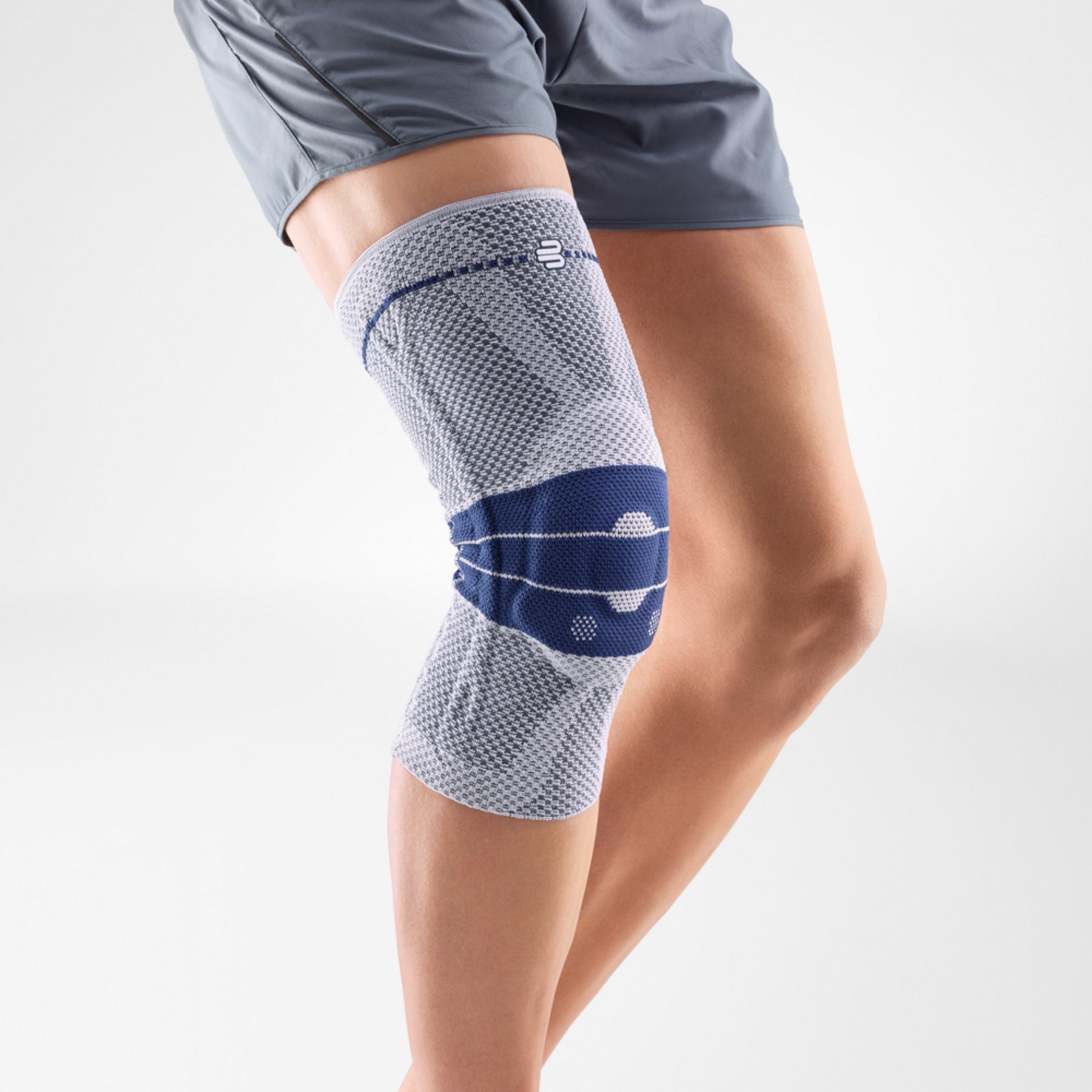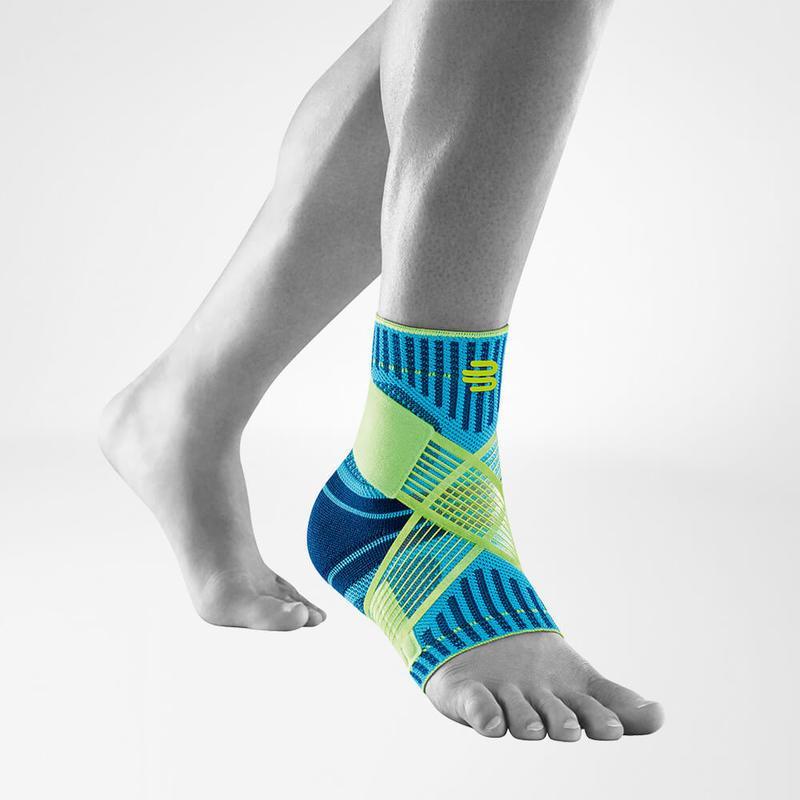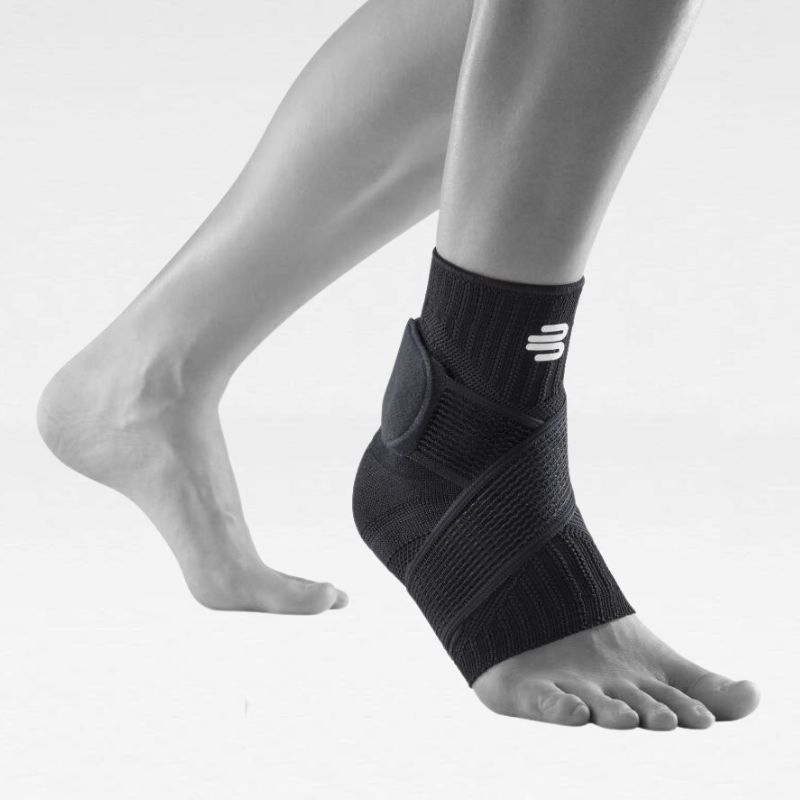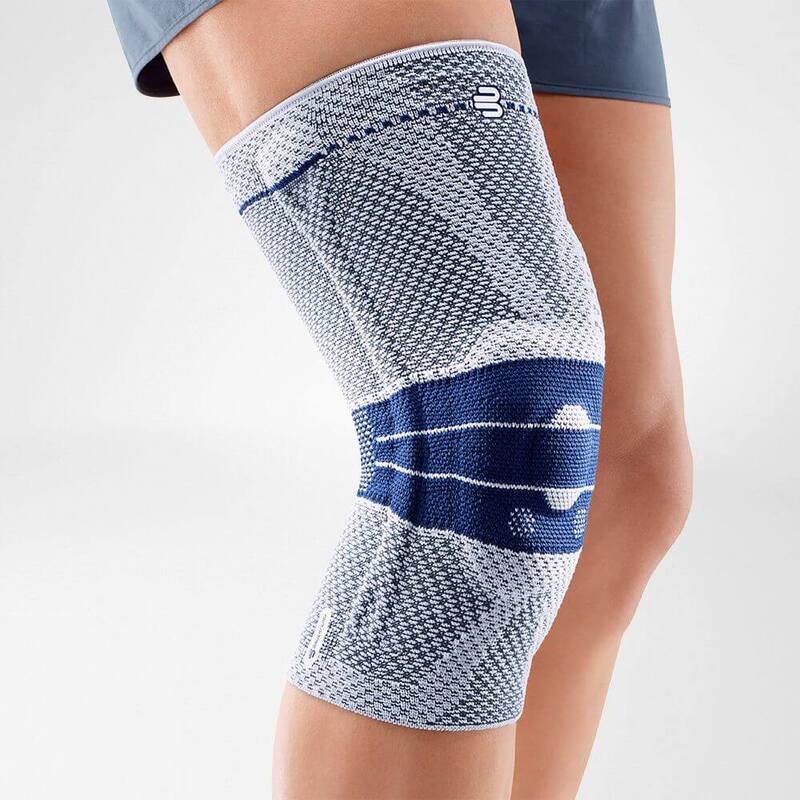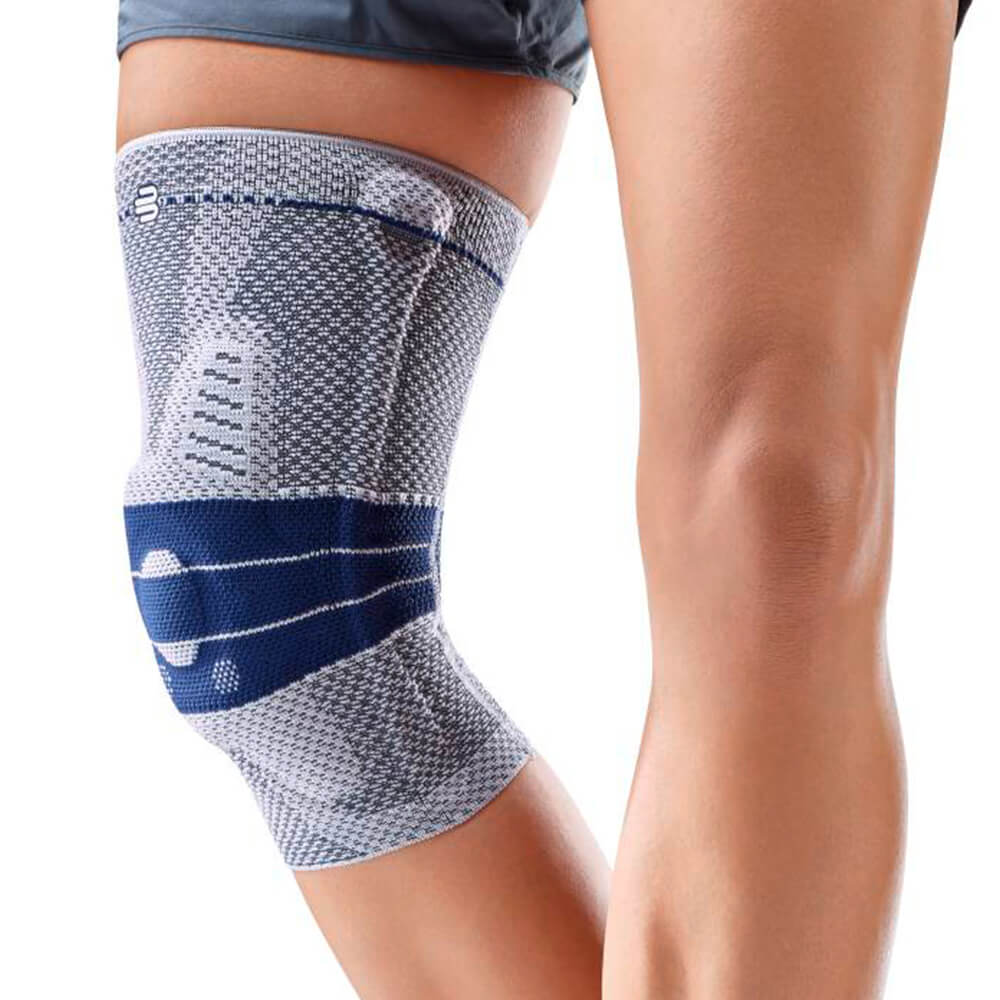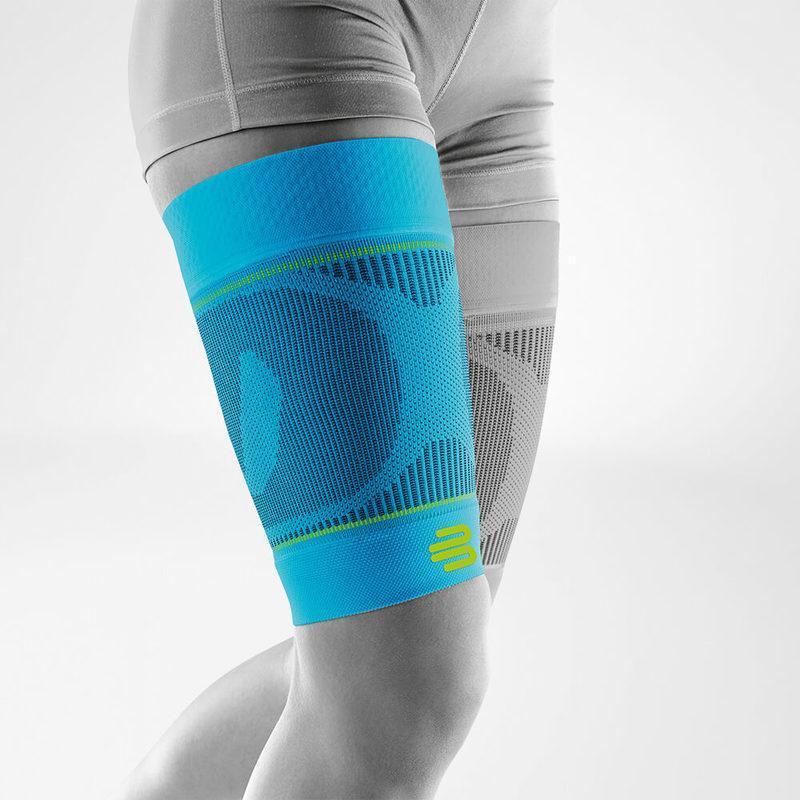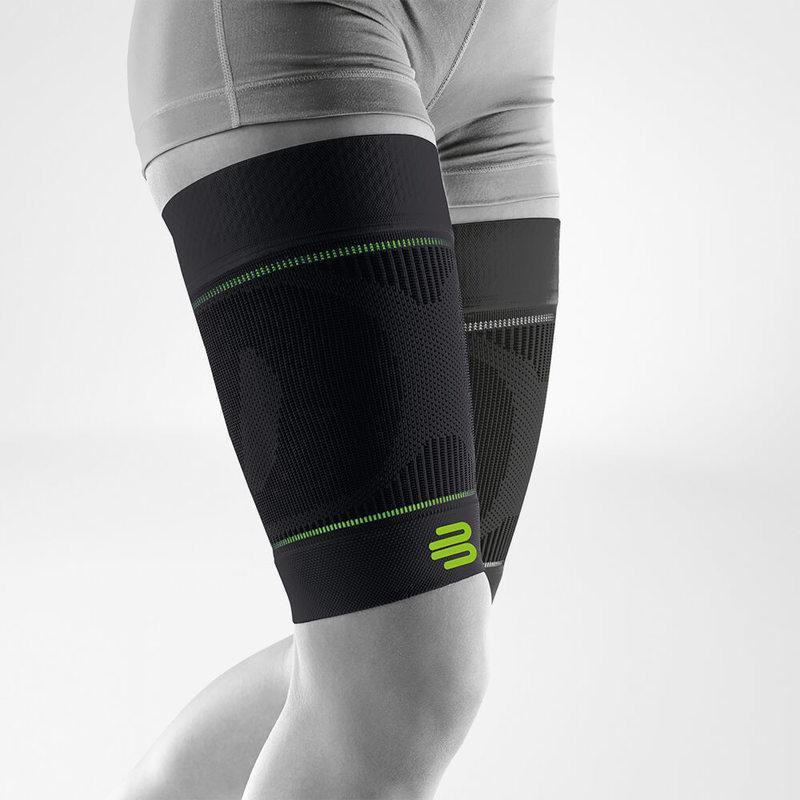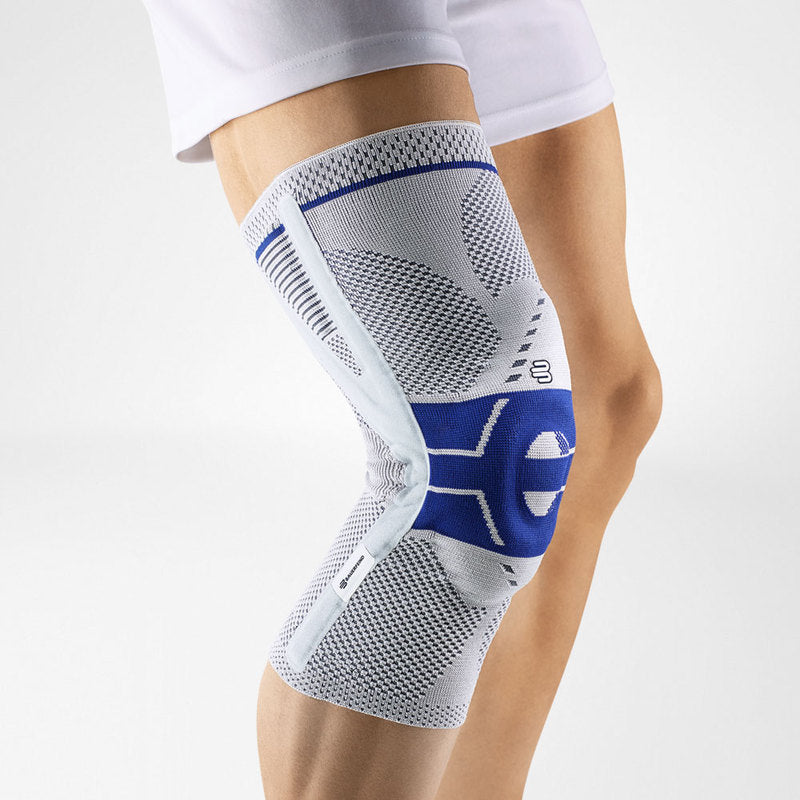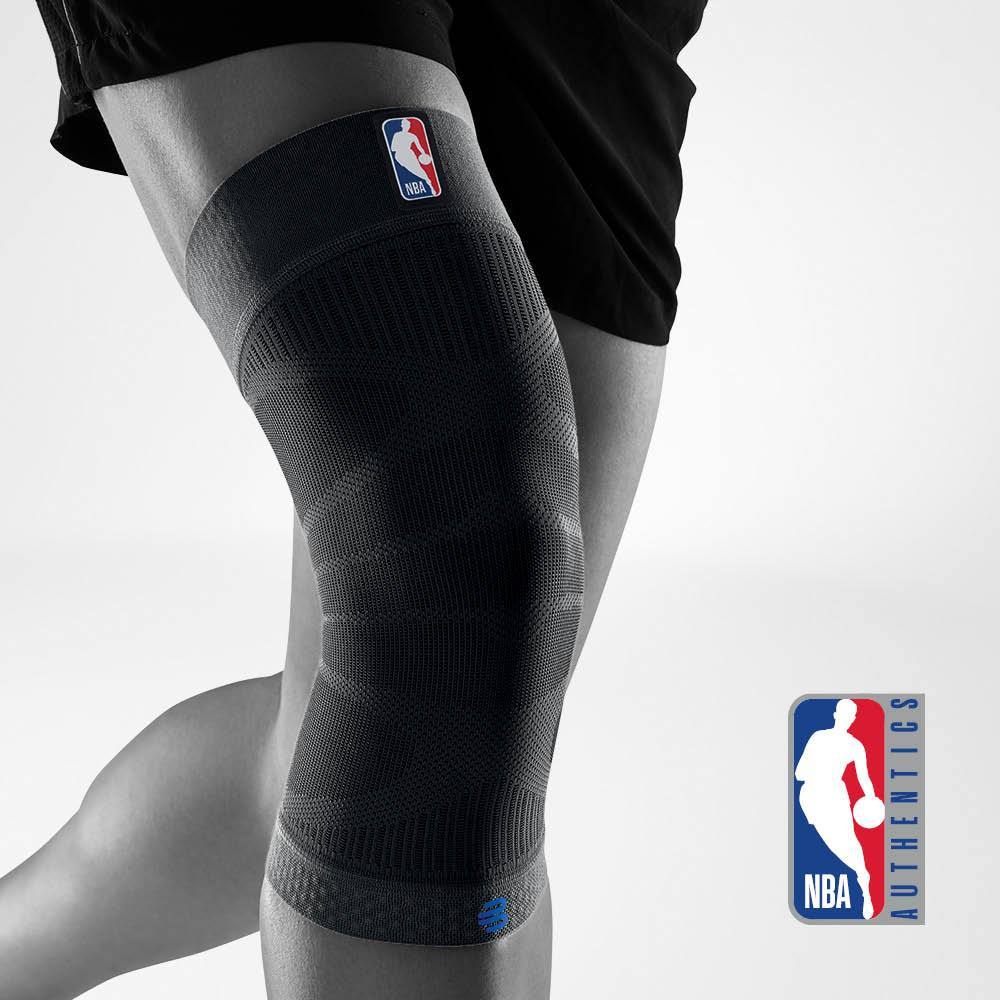Padel Tennis - More Power, Fewer Problems 💪🎾
How to boost your performance when playing padel and minimize the risk of injury
Padel tennis is booming! This exciting mix of tennis and squash with fast-paced rallies, tactical play, and loads of fun is attracting more and more players. But due to its dynamic movements, quick direction changes, and frequent stop-and-go actions, certain muscle groups and joints are under particular strain – making them more susceptible to overuse or even injury. Here’s how you can bring more power to the court while staying injury-free.
The basics for better performance when playing padel
The particularly dynamic playing style of padel is characterized by constant acceleration and stopping. This means the hips and legs are subjected to a lot of strain. Specifically, this includes the anterior and posterior thigh muscles, calf muscles, and the gluteus maximus (the buttock muscles). They all make a major contribution to the transfer of power and to stabilization. The torso muscles, too, are essential for stability and controlled movements. Simple exercises, such as squats, lunges, and calf raises can really boost your performance 1,2.
Have a look at our products for your next Padel Game!
Support for Joints: Power and Protection on Court
The joints also play a crucial role during padel. Knees and ankles in particular are extremely important in accelerating and decelerating. They’re also key for agility, stability, and changes in direction. Various studies exist that have substantiated the use of supports to improve muscle strength, stability, and joint proprioception 3,4. According to the authors, knee supports and ankle supports can improve proprioception and activation of the muscles and help optimize movements in racket sports, such as padel.
Don’t Forget the Upper Body
But it is not just the lower part of the body that is subjected to strain when playing padel. As with all racket sports, the shoulders and wrists also have to do a lot of work. These can be specifically strengthened by doing push-ups as well as internal and external rotation exercises 5, 6. To ensure additional stability around the wrist, you can also use specific products like our Sports Wrist Strap.
Preventing pain and injuries when playing padel
Because of rapid changes in direction and explosive movements, padel is often the trigger for sprained ankles, knee injuries, and pulled muscles, according to current studies 7. An overview where numerous individual studies have been examined shows that supports significantly reduce the risk of ankle sprains and knee injuries in racket sports. Furthermore, wearing ankle and knee supports promotes proprioceptive effects which result in improved muscle activation and feedback 8.
Padel equipment for stability and confidence in the knee and ankle
Pain and injuries also frequently occur in the wrist, shoulder, and elbow. Overhead and striking movements in particular are causes of excessive strain and acute injuries 9. External stabilizing systems, such as supports and straps, can provide targeted alleviation 10. In addition, specific strength exercises, such as wrist curls, contracting the shoulder blades, and kneading movements with the hands, can prevent excessive strain and injuries.
Conclusion
Padel is an intensive, dynamic sport, but with the appropriate preventive measures, you can effectively avoid injuries. The combination of targeted training, carefully considered recovery, and the right support products will help you play without pain for longer and raise your performance to a new level. Service!
Written by MARTIN STAFFA
Sources:
1 Kraemer, W. J., & Ratamess, N. A. (2004). Fundamentals of resistance training: progression and exercise prescription. Medicine & Science in Sports & Exercise, 36(2), 674–688.
2 Markovic, G., & Mikulic, P. (2010). Neuro-musculoskeletal and performance adaptations to lower-extremity plyometric training. Sports Medicine, 40(10), 859–895.
3 Parreira, P. do N., Costa, L. da C. M., Hespanhol, L. C., Lopes, A. D., & Costa, L. O. P. (2014). Evidence for the use of kinesiology taping in clinical practice: A systematic review. Journal of Physiotherapy, 60(1), 31–39.
4 Lee, J. H., Lee, H., & Shin, S. (2015). The effects of kinesio taping on muscle performance in athletes: A systematic review. Journal of Physical Therapy Science, 27(3), 701–705.
5 Wilk, K. E., Macrina, L. C., Fleisig, G. S., Aune, K. T., Porterfield, R. R., Evans, P., … & Andrews, J. R. (2002). Correlation of glenohumeral joint passive range of motion and shoulder injuries in professional baseball pitchers. The American Journal of Sports Medicine, 30(4), 462–468.
6 Kibler, W. B. (1998). The role of the scapula in athletic shoulder function. The American Journal of Sports Medicine, 26(2), 325–337.
7Garcia‐Fernandez, L., et al. (2018). Injury Patterns in Professional Padel: A Retrospective Study. International Journal of Sports Medicine, 39(10), 750–756.
8 Verhagen, E. & van Mechelen, W. (2008). Sport injury prevention: A systematic review of the evidence and implications for future research. Sports Medicine, 42(2), 163–170.
9 Pluim, B. M., Staal, J. B., Windler, G. E., & de la Fuente, A. (2006). Tennis injuries: Occurrence, aetiology, and prevention. Sports Medicine, 36(6), 539–549.
10 Vicenzino, B., et al. (2007). A randomized controlled trial of the effectiveness of a counterforce brace for the treatment of lateral epicondylalgia. British Journal of Sports Medicine, 41(11), 741–745.

